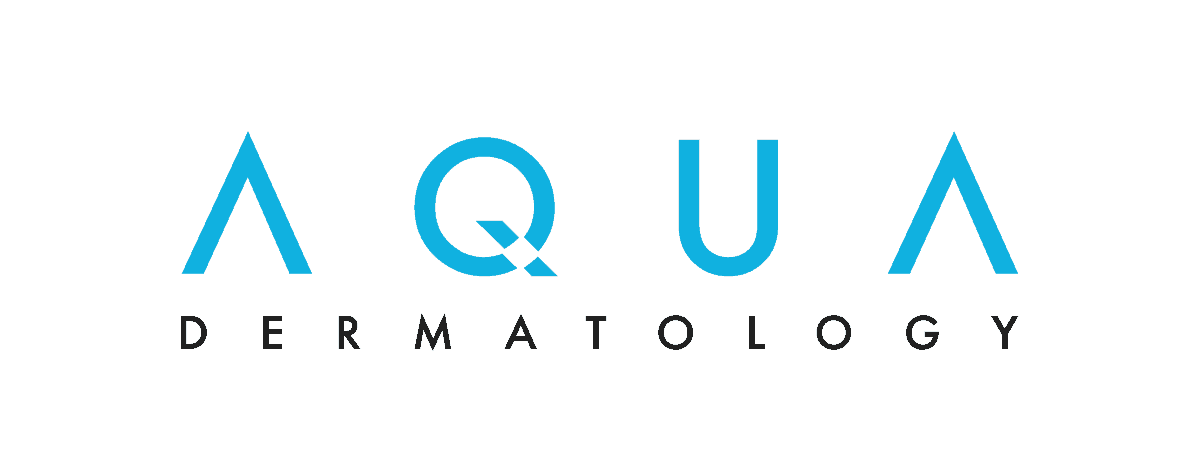Actinic
Keratosis
Call (877) 900-3223
AK: TREATMENT AND PREVENTION
What Is Actinic Keratosis?
What Actinic Keratosis Are Not
Causes of and Risk Factors for Actinic Keratosis
Diagnosing Actinic Keratosis
Treatment Options for Actinic Keratosis
What to Expect After Treatment
Preventing Actinic Keratosis
What Is Actinic Keratosis?
Actinic keratosis is the most common precancer, affecting more than 58 million Americans. Actinic keratosis (AKs) are dry, scaly, rough-textured patches or lesions that form on areas of the body that have received long-term exposure to sunlight, such as the face, ears, lip, scalp, neck, forearms and back of the hands. Some AKs will progress to squamous cell carcinoma.
While AKs share common characteristics, not all AKs look alike. Some are skin-colored and may be easier to feel than see. These lesions often feel much like sandpaper. Others can appear as red bumps; scattered, thick, red scaly patches or lesions; or crusted lesions varying in color from red to brown to yellowish black. The size of an AK ranges from a pinhead to larger than a quarter.
Water’s Edge Dermatology was requested to participate in the filming of a nationwide public TV special about actinic keratosis. Alongside Water’s Edge Dermatology, you will hear from Daniel Siegel, MD, president of the American Academy of Dermatology (AAD) and Joseph Jorizzo, MD, founding Chair of Dermatology at Wake Forest University and a consultant with Water’s Edge Dermatology.
When an AK undergoes rapid upward growth, it becomes a “cutaneous horn,” so named because it resembles the horn of an animal. The size of a cutaneous horn may range from that of a pinhead to a pencil eraser, and the shape may be straight or curved. Sometimes skin cancer hides below a cutaneous horn.
If an AK forms on the lip, it is called actinic cheilitis (key-LITE-iss) and appears as a diffuse, scaling lesion on the lower lip that dries and cracks.

This retired construction worker developed these slightly tender papules and crusts on his ears over an 8-to-10-year period.
Be sure to see a Water’s Edge Dermatology practitioner if you notice a lesion that looks like any of the above or a lesion that begins to thicken, bleed, itch, or grow. AKs are considered the earliest stage in the development of skin cancer and have the potential to progress to melanoma. Melanoma is considered the most lethal form of skin cancer because it can rapidly spread to the lymph system and internal organs.
What Actinic Keratosis Are Not
While the terminology that dermatologists use can seem confusing, the precise terms allow dermatologists to clearly differentiate skin conditions and prescribe appropriate treatment. Described below are some skin conditions that patients may confuse with AKs. The following conditions are not AKs:
ACTINIC POROKERATOSIS
Similar in appearance to AKs, this is an uncommon, usually inherited, skin condition characterized by sun sensitivity that causes reddish brown scaly spots to develop, primarily on the arms and legs.
The lesions appear after years of sun damage to the skin, so they are typically seen in middle-aged and older individuals. The lesions tend to grow or itch after sun exposure and are fairly resistant to treatment.
SEBORRHEIC DERMATITIS
This is a red, scaly rash that itches. Seborrhea is excessive oiliness of the skin, especially on the scalp and face, without redness or scaling. If seborrhea progresses to seborrheic dermatitis, redness and scaling appear.
SEBORRHEIC KERATOSIS
Also called benign keratoses, these non-cancerous growths have a waxy, pasted-on look and develop on the outer layer of skin. Lesions range in size from a fraction of an inch in diameter to larger than a half dollar. AKs are flatter, redder, and rougher to the touch than seborrheic keratosis.
Causes of and Risk Factors for Actinic Keratosis
Years of sun exposure cause AKs to develop. All AKs, including actinic cheilitis, develop in skin cells called the keratinocytes, which are the tough-walled cells that make up 90% of the epidermis, the outermost layer of skin, and give the skin its texture.
Years of sun exposure cause these cells to change in size, shape, and the way they are organized. Cellular damage can even extend to the dermis, the layer of skin beneath the epidermis.
Other risk factors include:
- Fair skin
- Blond or red hair
- Blue or green eyes
- Weak immune system
- Age
AKs usually appear after age 40 because they take years to develop. However, those who live in areas that receive high-intensity sunlight year round, such as Florida and Southern California, or those who use tanning beds may develop AKs earlier.
Diagnosing Actinic Keratosis
AKs have unique physical characteristics that allow a dermatologist to visually identify these lesions. However, if an AK is especially large or thick, the lesion may be surgically removed for microscopic examination (biopsy) to determine if squamous cell carcinoma is present.
If you find a suspicious skin lesion, be sure to see a Water’s Edge Dermatology practitioner for diagnosis, even if the lesion seems to appear and then disappear for weeks or months and reappear. Our dermatologists receive extensive medical training in skin conditions and have the experience necessary to diagnose various skin lesions. An accurate diagnosis is the first step to successful treatment.
When an AK is diagnosed, your Water’s Edge dermatologist considers a number of factors before choosing the most appropriate treatment method. Factors include:
- Size, number, location, and stage of the lesions
- Age, health, and medical history
- Occupation
- Cosmetic expectations and treatment preferences
- Patient compliance (i.e., willingness to self-treat as needed for several weeks)
- History of previous treatment
Actinic Keratosis Treatment Options
Actinic keratosis (AKs) are so common today that treatment for these lesions ranks as one of the most frequent reasons people consult a dermatologist. Treatment options include:
- Cryosurgery (freezing the lesion off)
- Surgical excision
- Curettage (scraping the lesion off) with or without electrosurgery (heat generated by an electric current)
- Topical (applied to the skin) medications
- Laser resurfacing
- Medical-grade chemical peels
- Photodynamic therapy
Patients who have multiple AKs may not have all lesions treated at the same time, and in some cases, the dermatologist or dermatologic surgeon will use more than one treatment option.
Self-treating by picking off the lesions is not effective because the lesions will grow back. Since AKs have the potential to progress to squamous cell carcinoma, a form of skin cancer that can be life-threatening, AKs should be treated.
What to Expect After Treatment
After being treated for AK, your Water’s Edge Dermatology practitioner will follow up with you for routine re-examinations. It is extremely important to keep these re-examination appointments because when enough sun damage occurs to cause AKs, the possibility of developing more AKs or even skin cancer greatly increases.
Frequency depends on the extent of the AKs, sun-damaged skin, and the treatment method. Your dermatologist may want to re-examine you as frequently as every 8 to 12 weeks or only once or twice per year.
Retreatment is sometimes necessary, as new AKs can develop and occasionally recur. In some cases, your Water’s Edge dermatologist may prescribe topical (applied to the skin) retinoids (vitamin A derivatives) to help prevent new AKs from developing.
Preventing Actinic Keratosis
Actinic keratosis develops in skin that has been exposed to the ultraviolet (UV) light of the sun for years. Therefore, the best defense against AKs is to practice skin self-examinations and being screened by a dermatologist as needed can help detect AKs and skin cancer in the earliest and most treatable stages.
[Photos used from National Library of Dermatologic Teaching Slides]






